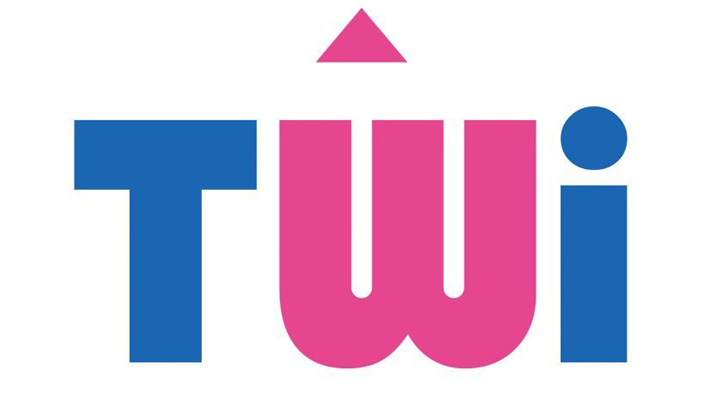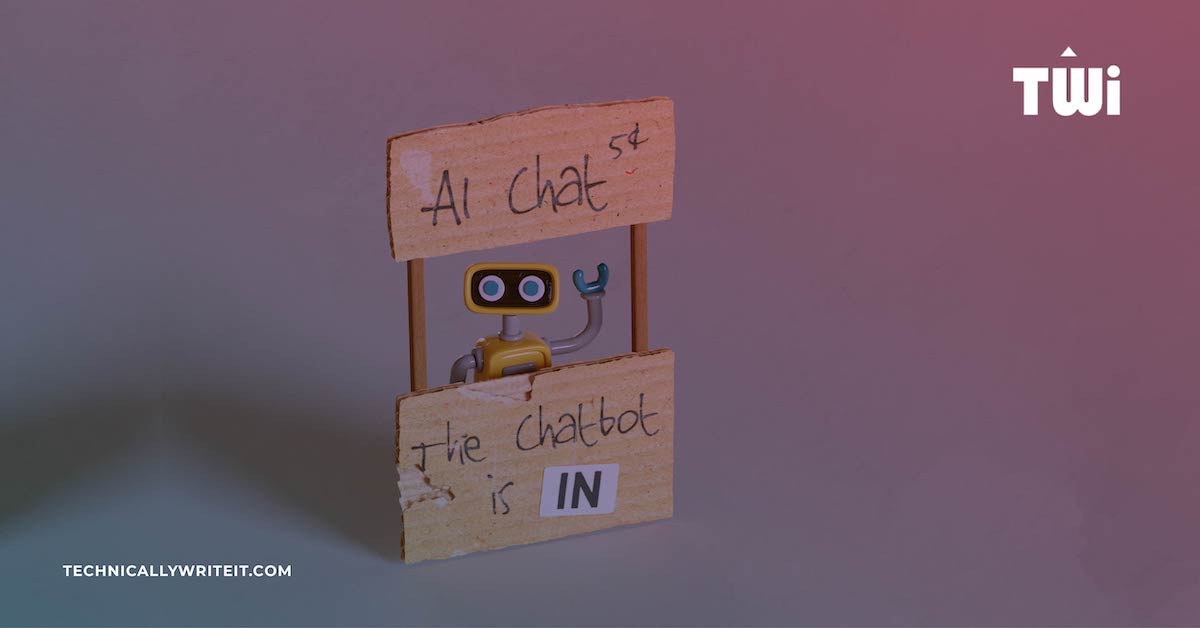Improving your Good Manufacturing Practice (GMP) documentation is often a central aspect of a human error reduction project. Unclear or poorly written standard operating procedures (SOPs), work instructions, and batch manufacturing records contribute to increased human error and inefficient training. In this post, we outline how a managed service solution for documentation can support human error reduction efforts in the biopharmaceutical industry.
TWi is partnering with us on an extensive global project to simplify internal process documentation and make it easily accessible through an online playbook. The writing team quickly got up to speed on the complex subject matter of drug development and offered a fresh, objective perspective.
Len James, Director of Process Improvement, Janssen Biologics Europe
Human Error Reduction: Documentation Challenges
Complex, non-standardised, non-user-friendly documentation causes difficulties both for new hires trained with the documentation, and for experienced operators referring to it. Good documentation is essential to complying with GMP requirements.
Your documentation might need some closer attention if:
- You have a high percentage of CAPAs that recommend SOP updates
- Your SOPs were initially authored by a technical person
- Your SOPs have been updated many times by different people
- You notice it takes longer than expected to train new hires
- Your SOPs are written and updated only by technical or quality staff
- You assume your documentation is effective simply because you have it
But creating effective documentation is challenging. Perhaps you work in a complex organisation where knowledge is distributed across multiple departments, locations, and time zones. The relevant information may be stored in a range of file formats, technology platforms, and devices – or even just in people’s heads. Source material may be unclear, opposing, or non-existent. You may not have access to an internal writing team to work on documentation. Perhaps you don’t have a documentation team available in-house, or maybe the scope of your project would be a strain on in-house writing resources focused on regulatory and other documentation areas. Your skillset is science, not writing, and you lack experience in overseeing day-to-day documentation development. You may not have the time or expertise to run such a project, but you need to get started as soon as possible to deliver on time and on budget. Could outsourcing solve your problem?
You may not have considered outsourcing before, and, as a result, you don’t really know what’s involved or what to expect. How does it work? What factors do you need to consider? We discuss different outsourcing options in detail here, but this post outlines a service model that is particularly suited to the pharmaceutical industry: a managed service solution. This post also gives you the tools to assess the suitability of a managed service solution for your documentation requirements.
Managed Service Solution
In a managed service, one or more writers are managed by their own team lead to deliver your documentation requirements. In this scenario, you are essentially paying for a specific product to be delivered within a given timeframe; for example, a set of standardised SOPs. You can impart your vision for the documentation project and direct its overall progress and timelines, but leave the day-to-day management, communication, information gathering, writing, editing, and quality control to the external writing team.
If you have well-defined documentation requirements, with a clear scope and timeframe, this option will fit your needs. If you can confidently answer many of the questions below, you’re in a good position to get started with a managed service solution.
- What are the project goals?
- Have the project roles been identified and defined? Who are the stakeholders?
- Is a subject matter expert (SME) available to consult with the writing team and answer their questions?
- Who is responsible for gathering source materials, for example, will the SME produce raw material/content?
- What is the timeline?
- Is there adequate budget for the project?
- Who is the target audience? What is their level of knowledge and what are their information needs?
- What content management system and authoring tools will be used? What output formats are required?
- What channels of communication will be used? Will there be language barriers or different time zones to consider?
- Is there a template and is it necessary to have one?
- Is there a style guide? Does one need to be created?
- What are the graphic requirements?
Your managed service provider can support you in resolving open questions and issues, but if you’re unsure of the answers to many of these questions, a partial outsourcing solution may be a more suitable option. In this scenario, rather than paying for a specific product, you pay for one or more external writers to work on your documentation for a given length of time. For example, if you need to develop some process documentation, but you’re not sure where to start, you can draw on the expertise of experienced specialists who can talk you through the possibilities, tools, implementation strategies, best practices, pros and cons, and examples of well-designed documentation deliverables.
Benefits of Effective Documentation
The benefits of improving your GMP documentation include:
- Usable content
- Reduced human error
- Increased operational efficiency
- Enhanced training outcomes
A good documentation team can support you by:
- Providing an objective perspective on your GMP documentation and a highly effective system of process discovery
- Creating clear, accessible, usable content tailored to different audiences
- Helping to create leaner, more refined documentation using specialised information gathering and information development skills
Your documentation team focuses on writing, so you can focus on science.
When it comes to securing internal funding and support for outsourcing your GMP documentation, these are important advantages to highlight. You can also underpin your case by identifying the key benefits that consistently apply to outsourcing and are most relevant to your project goals. Here are some examples:
- Flexibility and scalability: Any good outsourcing provider can add or remove resources and adjust to revised timelines as required.
- Better control of resource allocation: Internal resources can be challenging to ring-fence.
- Ability to expand and augment your internal skillset: You can avoid the expense of training your internal employees in skills that may only be used in a one-off project.
You can trial a managed service with a small pilot project, instead of committing to a long-term project.
Images Used
- Image by Headway, licensed by Unsplash
HAVE SOMETHING TO SAY?
If you’d like to share your thoughts or know more about this topic, complete our feedback form. We look forward to hearing from you!












